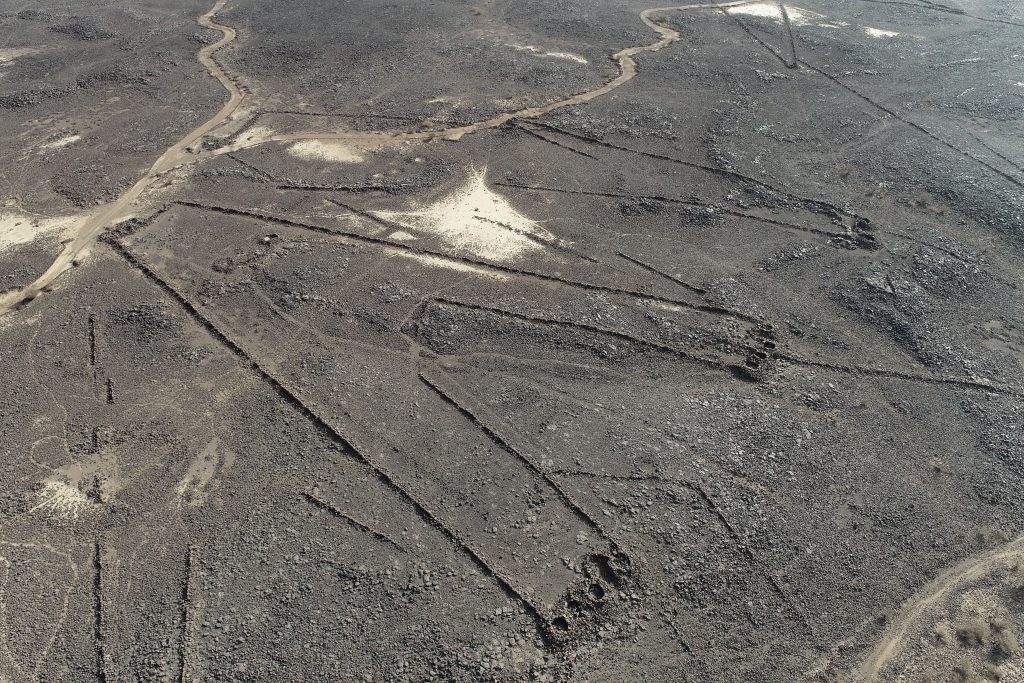Scientists Have Cracked the Origins of ‘Desert Kites,’ Massive Prehistoric Patterns That Were Carved into the Middle Eastern Desert
Three studies confirm the long-held hypothesis that the structures were hunting traps.

In the 1920s, British Royal Air Force pilots over the Middle East recorded the first sightings of what they dubbed desert kites—massive patterns carved into rocky land, often resembling the famous flying toy.
Archaeologists have since debated the purpose of these enigmas, which appear across geographies and eras, dating back to the Neolithic Period (10,000–2,200 B.C.E.) in Jordan, the early Bronze Age (3,300–2,100 B.C.E.) in Israel’s Negev Desert, and the Middle Bronze Age (2,100–1,550 B.C.E.) in Armenia. Some thought they were cultural cornerstones. Still more posited they were pens for domesticating animals.
Three recent peer-reviewed papers confirm popular hypotheses that the desert kites actually served as mass hunting traps, allowing early desert dwellers to kill entire herds of game at once. While they were active, the kites funneled gazelle and ibex down tapered, wall-lined paths which ended in massive pits or sudden cliffs where creatures were trapped and killed. The kites’s particular placement, length, and shape generally demonstrate a sophisticated knowledge of landscapes and animal behaviors.
